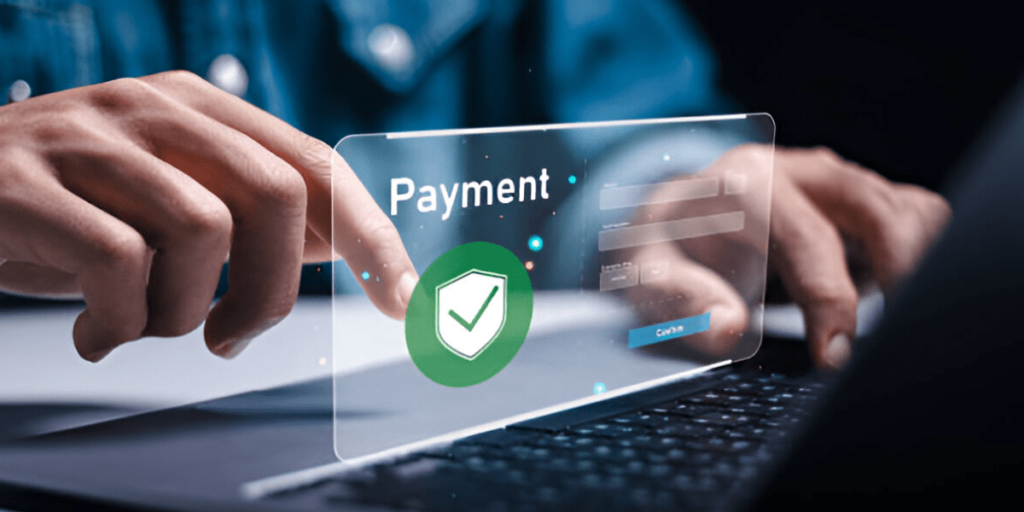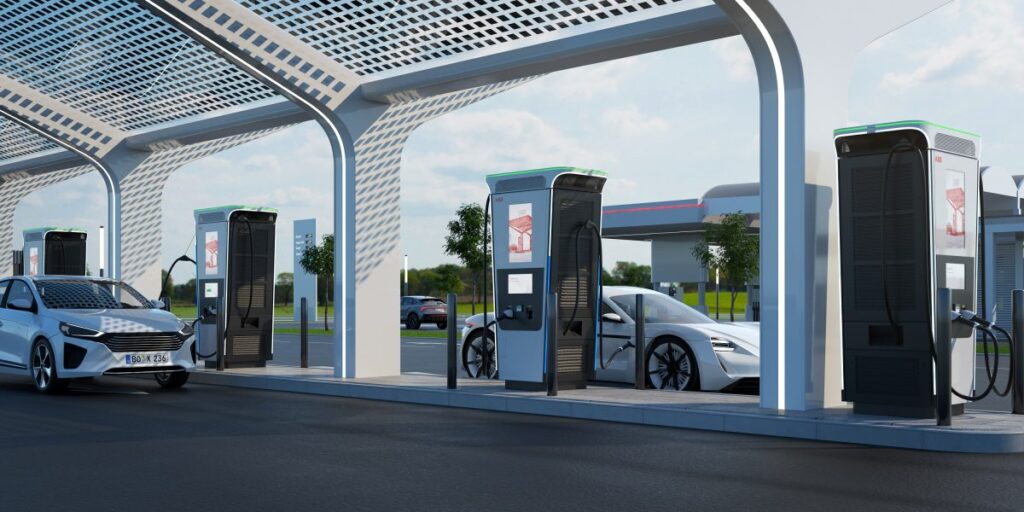Demand Generation Services refer to a comprehensive set of marketing tactics designed to cultivate interest in a company’s offerings, create awareness, and generate high-quality leads. These services go beyond traditional marketing by emphasizing long-term engagement, brand trust, and relationship-building. Rather than solely focusing on capturing contact information, demand generation nurtures prospects through the entire sales funnel—from the awareness stage to consideration and final decision. This approach involves educating potential customers about industry challenges, offering solutions, and positioning the brand as a thought leader. Companies that leverage demand generation strategies not only drive lead acquisition but also increase brand equity and customer lifetime value. By integrating various digital marketing methods—such as SEO, paid ads, content marketing, social media, and email nurturing—Demand Generation Services provide a strategic and holistic marketing framework essential for sustained business growth.
The Role of Demand Generation in Modern Marketing
Today’s marketing landscape is fast-evolving, and traditional methods no longer suffice in influencing buyer behavior. Consumers are more informed, independent, and selective in their purchase decisions. This shift has made Demand Generation Services indispensable for companies aiming to engage audiences throughout a complex buying journey. These services bridge the gap between brand exposure and customer conversion by offering tailored experiences based on behavioral insights and real-time data. Demand generation plays a critical role in positioning brands in front of the right audiences at the right time with messages that resonate. It transforms passive interest into active intent by providing value-driven content and personalized experiences. With buyers now expecting seamless, omnichannel interactions, demand generation ensures consistency across all touchpoints. As a result, businesses can effectively reduce churn, shorten sales cycles, and achieve measurable ROI on their marketing investments.
Key Components of Demand Generation Services
A successful demand generation strategy is multifaceted, involving several interconnected elements that function cohesively. These components typically include content marketing, lead scoring, campaign execution, email marketing, CRM integration, paid media, and data analytics. Each of these components plays a distinct yet complementary role. For instance, content marketing focuses on educating and informing prospects through whitepapers, case studies, and blog posts, while lead scoring helps prioritize sales efforts based on engagement and intent. Campaign execution ensures that initiatives are timely and aligned with business goals, whereas CRM systems keep data organized for better follow-up. Paid media campaigns, such as PPC and social ads, drive traffic and create awareness, while analytics tools track key performance indicators like cost-per-lead, click-through rates, and lead-to-customer conversion rates. By combining these components, Demand Generation Services create a robust and scalable marketing engine that can be optimized continuously.
Importance of Content in Demand Generation
In the realm of Demand Generation Services, content reigns supreme. Content serves as the fuel that powers every stage of the buyer’s journey, from generating initial awareness to nurturing leads and closing sales. The effectiveness of a demand generation campaign hinges on delivering valuable, relevant, and actionable content that speaks directly to the needs and pain points of your target audience. High-quality blog articles improve organic visibility and SEO rankings, whitepapers and eBooks establish thought leadership, videos engage users visually, and webinars provide deep dives into complex topics. Furthermore, tailored content helps build trust and brand credibility, encouraging prospects to engage further with your brand. Consistent content also allows businesses to create touchpoints across various channels, reinforcing brand messaging and enhancing recall. When strategically distributed, content not only attracts new prospects but also re-engages lapsed ones, making it a cornerstone of demand generation success.
Using Marketing Automation for Demand Generation
Marketing automation has revolutionized how Demand Generation Services are delivered by streamlining workflows and improving efficiency. These platforms allow marketers to automate repetitive tasks such as email follow-ups, lead nurturing sequences, and social media scheduling. But more than just saving time, automation enables personalization at scale. With tools like HubSpot, Marketo, and Pardot, businesses can segment their audiences based on demographics, behaviors, or engagement levels and deliver targeted messaging accordingly. Lead scoring models, built into most automation tools, allow sales teams to prioritize leads most likely to convert. Real-time analytics help refine messaging and offers based on user interactions. Moreover, automation supports A/B testing, making it easier to optimize subject lines, content formats, and calls-to-action. The ability to respond to customer actions in real-time significantly boosts engagement and conversion rates. By integrating automation into demand generation strategies, businesses can ensure consistent, timely, and relevant communication throughout the customer lifecycle.
Integrating Sales and Marketing in Demand Generation

One of the most transformative aspects of Demand Generation Services is how they bring marketing and sales into strategic alignment. Historically, these departments often operated in isolation, resulting in miscommunication, unqualified leads, and wasted resources. Demand generation breaks down these silos by creating a shared framework centered on data, accountability, and mutual goals. With marketing focusing on nurturing and qualifying leads, and sales using that insight to close deals, both departments become more effective. Integration is achieved through shared metrics such as marketing qualified leads (MQLs), sales accepted leads (SALs), and revenue attribution. Tools like CRMs and marketing automation platforms make it easier to maintain transparency and hand off leads at the optimal moment. Regular meetings and feedback loops between the teams foster collaboration and continuous improvement. This synergy not only increases lead conversion rates but also enhances customer experience and retention.
Leveraging Data and Analytics for Better Outcomes
The success of any demand generation campaign depends heavily on data-driven decision-making. Demand Generation Services are structured to capture, analyze, and act upon a vast array of data points—from basic demographics to detailed behavioral insights. Marketers can track which content assets perform best, how leads interact with campaigns, and which channels generate the most qualified traffic. This data helps fine-tune targeting efforts, personalize messaging, and optimize budget allocation. Additionally, predictive analytics can identify patterns that signal buyer intent, allowing businesses to proactively engage high-potential prospects. By leveraging dashboards and reporting tools, stakeholders can measure ROI in real time and adjust strategies on the fly. Over time, this results in a more intelligent and responsive marketing system that aligns closely with evolving consumer behavior and market dynamics. With data as the foundation, demand generation becomes not just a tactical exercise, but a strategic advantage.
Account-Based Marketing in Demand Generation
Account-Based Marketing (ABM) is a powerful component of Demand Generation Services, especially for B2B companies targeting high-value clients. Unlike traditional campaigns that focus on broad audience segments, ABM zeroes in on specific accounts that have the highest revenue potential. These campaigns are highly personalized, incorporating tailored messaging, customized content, and one-on-one outreach efforts. ABM campaigns often involve close collaboration between marketing and sales, ensuring that both teams are aligned on goals and strategies. With the help of technology platforms, companies can track engagement at the account level, monitor buying signals, and refine approaches based on real-time data. ABM also supports a multi-touch, multi-channel approach, increasing the likelihood of influencing decision-makers within target organizations. When executed correctly, ABM not only improves conversion rates but also deepens customer relationships and maximizes customer lifetime value.
Digital Channels Supporting Demand Generation
Demand Generation Services rely heavily on the strategic use of digital channels to reach, engage, and convert target audiences. These include email marketing, search engine optimization (SEO), pay-per-click (PPC) advertising, social media marketing, content syndication, and webinars. Each channel serves a unique purpose but works best when integrated into a unified strategy. Email marketing is crucial for nurturing leads over time, while SEO drives organic traffic and builds long-term visibility. PPC offers immediate visibility and traffic, ideal for time-sensitive offers or events. Social media platforms like LinkedIn and X (formerly Twitter) enable real-time engagement with prospects and thought leadership positioning. Webinars offer in-depth knowledge-sharing opportunities and are excellent for lead capture. By leveraging these channels in concert, businesses can create an omnipresent brand experience that keeps prospects engaged across their preferred platforms. The ability to track and optimize each channel also ensures maximum impact and cost-efficiency.
Benefits of Investing in Demand Generation Services
Investing in Demand Generation Services delivers measurable and long-lasting business value. First, it provides a steady pipeline of high-quality leads who are more likely to convert because they’ve already been educated and nurtured. Second, it enhances marketing efficiency by reducing wasted efforts on unqualified prospects. Third, it aligns sales and marketing efforts, leading to more productive collaboration and better outcomes. Beyond these operational benefits, demand generation builds brand authority and fosters trust—two critical components of modern buying behavior. It also creates more touchpoints with your audience, increasing the likelihood of engagement and purchase. Over time, these services help businesses scale efficiently by lowering customer acquisition costs and boosting revenue. Whether you’re a startup looking to establish a foothold or an enterprise aiming to optimize your marketing engine, demand generation provides the strategic framework needed to grow sustainably in an increasingly competitive landscape.
Conclusion
Demand Generation Services are more than just a marketing trend—they are a proven methodology for driving sustainable business growth. By combining strategic content, marketing automation, sales alignment, analytics, and digital channel integration, demand generation offers a comprehensive approach to capturing and nurturing leads. It transforms how businesses engage with their audience, ensuring that every touchpoint adds value and moves prospects closer to conversion. From targeting high-value accounts with personalized campaigns to building brand awareness through SEO and thought leadership, these services empower companies to influence the buyer’s journey effectively. Most importantly, demand generation turns marketing from a cost center into a revenue driver, delivering not just leads but lasting relationships and long-term success.
















